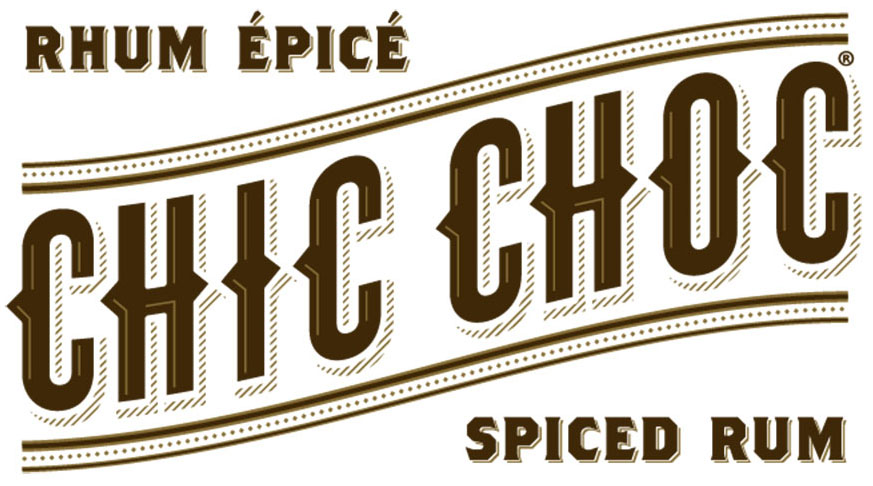In recent years, alcohol infused with flavouring and spices has gotten a bad rap. Snooty seasoned drinkers and purists alike find it tragic, calling it the bastardization of pure spirits.
Mention spiced rum to most people and thoughts turn to college frat parties with a spiked Coke in one hand and a pirate hook in the other. Meanwhile, flavoured vodkas, the anything-goes-wild-child spirit, evokes an endless stream of childhood food memories: cupcake, bubble gum, cotton candy, the list goes on …
In general, spiced and flavoured spirits have always played second fiddle to sugared-up drink concoctions designed to mask the awful taste and burn of low-quality base spirits. Historically speaking, poor conditions in distillation created harsh and unpleasant tasting spirits. “Sailors had a daily ration of rum on board the ships. Much of this rum was unaged and not much ‘fun’ to drink after a hard, laborious day. Sailors started opening the cask and flavouring the rum with cloves, star anise, ginger, cinnamon, vanilla, and cardamom to give it extra flavour and sweetness,” explains Mario d’Amico from Domaine Pinnacle Micro-Distillery.
Fast forward to the 21st century; distillers are using a different approach. “Unlike the traditional method of using spices to cover up the inferior spirits, the spices are lighter in flavour which allows the essence of the original spirit to shine through,” explains Bill Ashburn, Master Blender of Ontario’s Forty Creek Distillery.
Given the dramatic improvement in quality among some brands, adding spices to a spirit is more of an art than a necessity. Similar to a mad scientist, each distiller has his or her own idiosyncratic approach to master the art of balance. “We spend a lot of time getting the ratio of the spices right so that they enhance the spirit, not hide it. One must put together blends, allow them to marry and allow the true flavours to come out. This process takes at least six months of waiting,” says Ashburn. He continues, “distillers are going to continue to experiment and at the same time fine tune their processes.”
Besides the obvious reason of improving the taste, humans have been infusing spices and spirits together for centuries. Many believed it was an “easier” delivery method for homespun remedies to tackle ailments (I’ll take a shot of anything over a hard-to-swallow horse pill any day), while others believed that certain spiced spirits could increase your libido (isn’t that what tequila is for?) Whatever the reasons, these spirits have been enjoyed all over.
In the land of the Vikings, between the Arctic Ocean and the icy Baltic Sea, Scandinavians throw back shots of Aquavit (or Akvavit, depending in which country you’re drinking it) while toasting each other and shouting Skoal. Dating back to the 1500s, the traditional Scandinavian liquor or “water of life” forged bonds from Helsinki to Copenhagen.
Much like vodka, a neutral spirit derived from either grain or potato is spiced dominantly with caraway (dill, anise, fennel, coriander and cardamom is often added to the mix). Originally considered a cure for indigestion, caraway provides a savoury character to the Aquavit that pairs well with traditional Nordic fare like smoked fish and pickled herring. Although Norway, Sweden, Denmark and Finland all have their own version, a shot of Aquavit is a Scandinavian staple during those chilly arctic winters.
In the Caribbean, islanders would make their own recipes of spiced rums at home with whatever local ingredients were available and sell them in local grog or rum shops. Laced with classic spices and flavourings such as vanilla, nutmeg, cloves and allspice, the local island hooch was not only aromatic but potent as well. A handful of spiced rums made it across the Atlantic to North America, this, of course, included the ubiquitous Captain Morgan’s Original Spiced Rum.
Introduced to the North American market in the ‘80s, Captain Morgan’s vanilla-forward rum has been associated with quaffing more for quantity than for quality. “Captain and Coke” still remains a popular drink among young men, earning the good ol’ Captain a notorious reputation for frat party booze.

